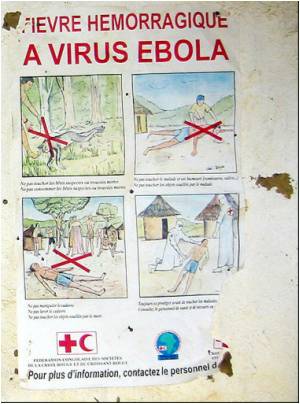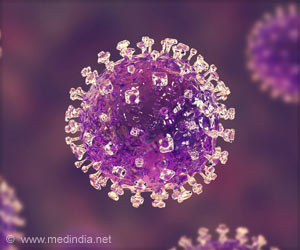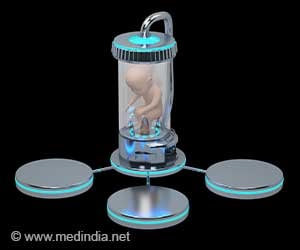
"By enabling ultra-portable and fast detection, our technology can directly impact the course of our reaction against bio-terrorism threats and dramatically improve our capability to confine viral outbreaks," said Assistant Professor Hatice Altug of the Boston University College of Engineering, who co-led the research team with Assistant Professor John Connor of the Boston University School of Medicine.
Traditional virus diagnostic tools are effective, but require significant infrastructure and sample preparation time. The new biosensor developed at Boston University directly detects live viruses from biological media with little to no sample preparation.
Partly funded through the Boston University Photonics Center and the U.S. Army Research Laboratory, and working in collaboration with the U.S. Army Medical Research Institute for Infectious Diseases, the team has demonstrated reliable detection of hemorrhagic fever virus surrogates (i.e. for the Ebola virus) and pox viruses (such as monkeypox or smallpox) in ordinary biological laboratory settings.
The new biosensor is the first to detect intact viruses by exploiting plasmonic nanohole arrays, or arrays of apertures with diameters of about 200 to 350 nanometers on metallic films that transmit light more strongly at certain wavelengths. When a live virus in a sample solution, such as blood or serum, binds to the sensor surface, the refractive index in the close vicinity of the sensor changes, causing a detectable shift in the resonance frequency of the light transmitted through the nanoholes. The magnitude of that shift reveals the presence and concentration of the virus in the solution.
"Unlike PCR and ELISA approaches, our method does not require enzymatic amplification of a signal or fluorescent tagging of a product, so samples can be read immediately following pathogen binding," said Altug. Ahmet Yanik, Altug's research associate who conducted the experiments, added, "Our platform can detect not only the presence of the intact viruses in the analyzed samples, but also indicate the intensity of the infection process."
Advertisement
Source-ANI









